The long-awaited Star Wars Jedi: Survivor finally launches tomorrow. The sequel to 2019’s Fallen Order is one of the most anticipated games of the year and, having spent the best part of a week playing it, we can confirm it’s a fine continuation of Cal Kestis’ Jedi journey and nicely expands combat and exploration.
But there’s a gigantic fly in the ointment. The “final build” review copy provided was riddled with technical issues, ranging from outright glitches like enemies not responding to your presence, a lot of graphical pop-in, and glaring frame-rate issues in both the game’s quality and performance modes. These target 30 and 60FPS respectively though frequently fall short of that. The result is an excellent game that clearly lacks polish and isn’t what it should be (particularly on PC).
Promises have been made
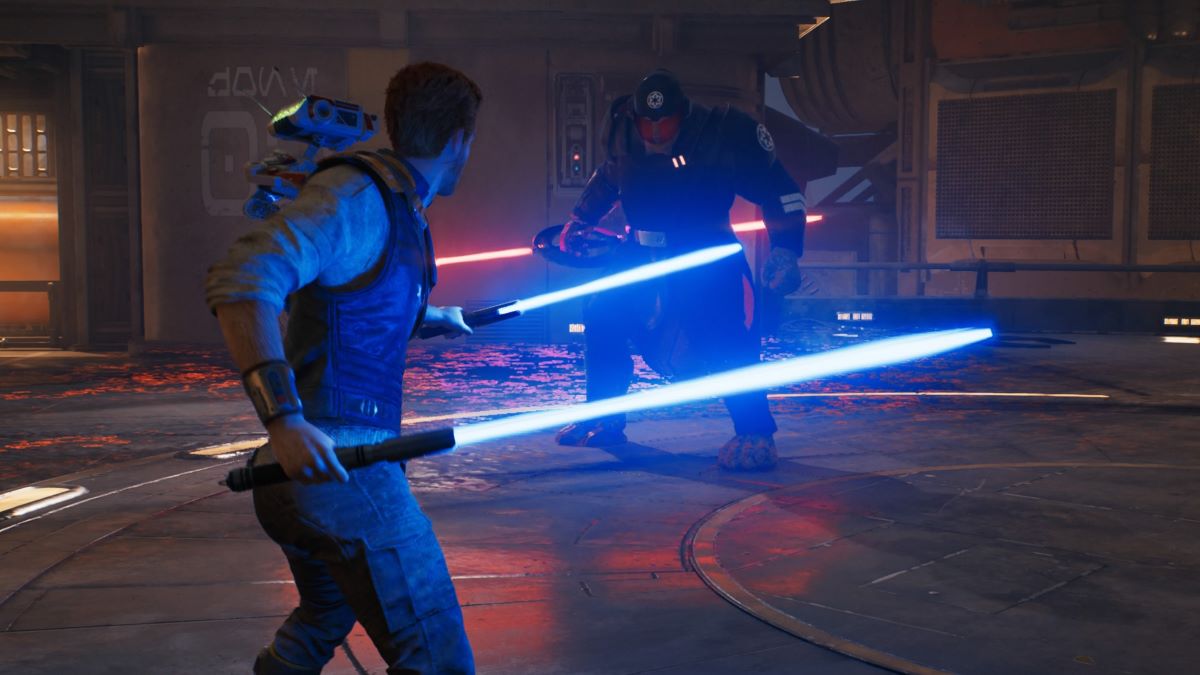
A Day 0 patch was provided on April 25 and a launch patch is promised, though from our testing performance, these issues haven’t been substantially improved and we’re pessimistic that they’ll be fixed by tomorrow. EA are now in damage control mode, posting a tweet promising that performance will be improved “in the weeks ahead.”
This is sadly an all-too-familiar story for gamers, who’ve had to deal with a lot of high-profile titles being released in a shoddy state together with promises that things will get better. Recent examples include the notoriously bad port of The Last of Us Part 1 on PC, Gotham Knights, Overwatch 2, Pokémon Scarlet and Violet, and Madden 23. Looking back a little further, we’ve got the disastrous launch of Cyberpunk 2077, which remains the poster child for a high-profile botched launch. Heck, even Fallen Order launched with some serious bugs that had to be fixed with patches.
Is frustration boiling over?
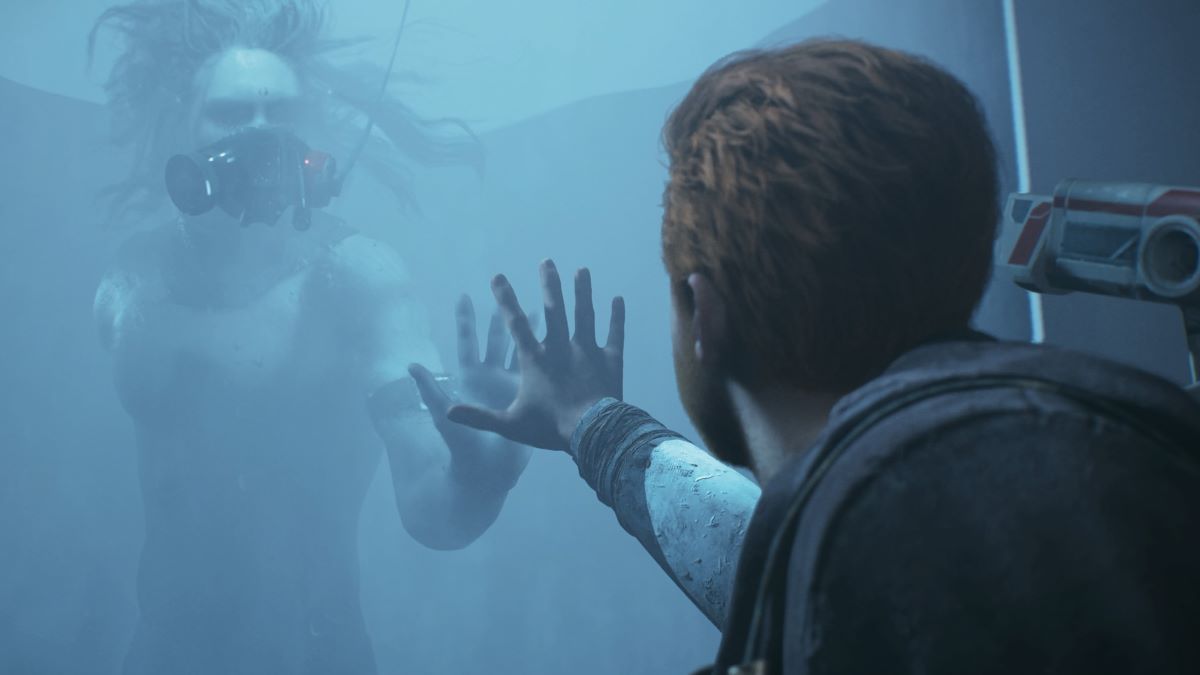
Many have had enough, especially as those pre-ordering games or buying on launch day are paying full price for the worst experience. Replies to EA’s tweet indicate widespread frustration:
Beware day one buyers:
Are customers now essentially the QA team?
We should expect better. Survivor is a $70 purchase from a publisher with a gross annual profit of over $5 billion, so there’s no question that the resources and talent are available to squash technical issues, especially in a game that’s not doing anything technically novel.
The view from inside the industry
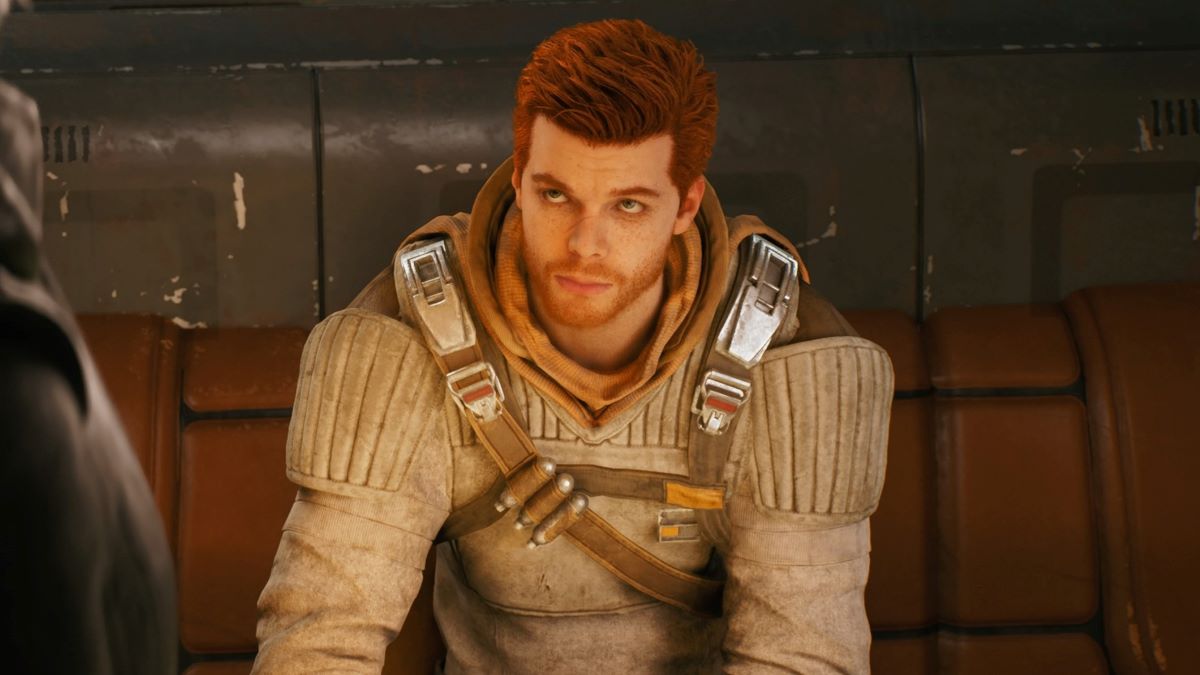
We Got This Covered spoke to a developer (who has asked to remain anonymous) about why games are released in this state. They said:
“I think it’s important to realize that, unlike the ’90s and 2000s, games are not finished and finalized months in advance of their release date. With the ability to update games and address issues thanks to a console’s onboard storage, development can continue in the weeks leading up to a game’s release.
While games do need to go through a certification process to release on PlayStation, Xbox, Switch, etc., companies and publishers with a bit more pull are sometimes able to push a game through cert, with the intent (and/or promise) to fix issues with a so-called “day zero patch.” It’s worth noting that on PC, distribution services such as Steam and Epic Games Store do not have their own certification process, which means that for the PC versions of a given game, development can continue right up until the game officially releases.”
And as on Survivor specifically:
“It’s tough to identify the culprit behind Star Wars Jedi: Survivor‘s poor performance, but there are a few hints as to what unfolded during development. While Survivor doesn’t exactly look leaps and bounds ahead of its predecessor, it also, curiously, did not come to last-gen consoles, suggesting that whatever is going on under the hood proved too taxing for older hardware.
Also, it looks like Jedi: Survivor is a much more open and expansive game than Fallen Order, and Unreal Engine 4 isn’t exactly known for its handling of open worlds and asset streaming. Seeing as how those with high-end gaming PCs are running into performance problems, there’s a good chance that asset streaming is impacting performance. This is pure speculation of course, and unless Respawn weighs in, we’ll never be able to confidently identify the cause of the game’s poor performance at launch.”
A brighter future or more of the same?
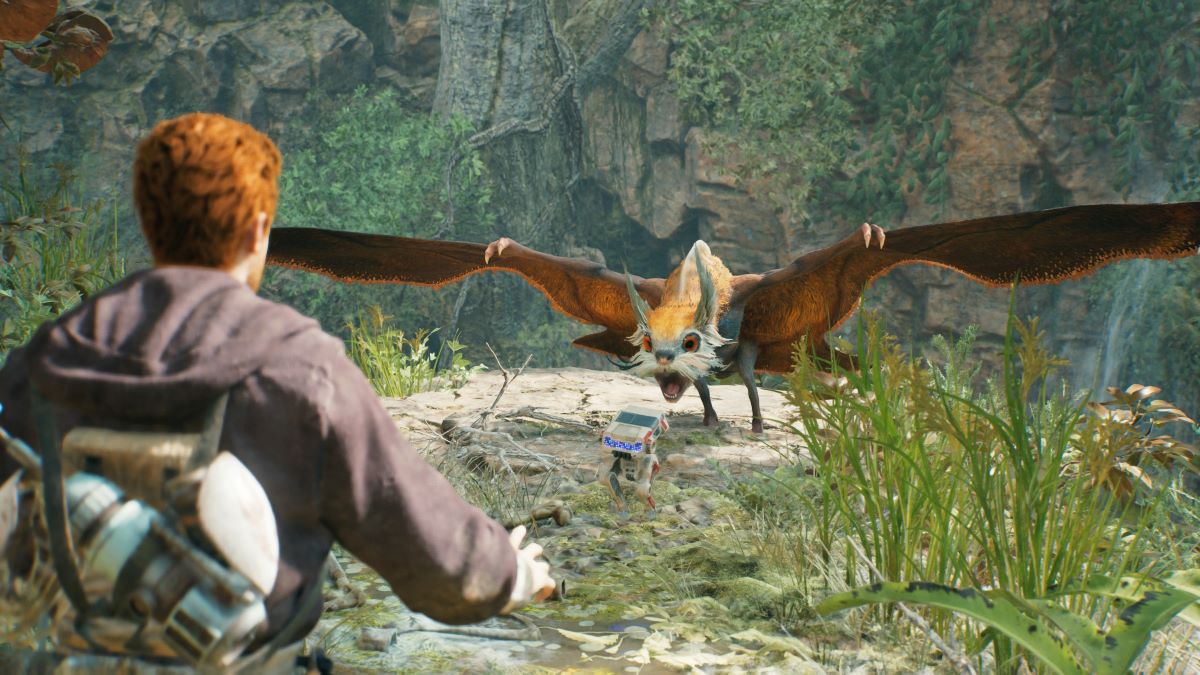
So what’s to be done and could things improve? Many games launching now will have been at least partly developed during COVID lockdowns, which notoriously impacted project management and affected communication within teams. There’s also the fact that even two and a half years on from the launch of the PlayStation 5 and Xbox Series S|X, many top titles still also release on last-gen hardware, which delivers its own headaches. Those specific hurdles are becoming less relevant over time, though we still don’t have high hopes for the future.
With Survivor, EA has likely rolled the dice on whether bad press about performance will affect sales and decided to bet that it won’t. Depressingly, they’ve probably called it right. Survivor is launching to very positive reviews (with many critics acknowledging performance issues but not factoring them into their score) and will almost certainly be a sales smash.
But the longer-term consequences for the industry as games keep releasing in unfinished states may not be so rosy. Day one sales are hugely important: they’re where the vast majority of profit is made as the game is being sold at the highest price, immediately offset development costs (an important factor for smaller developers financially flying close to the sun ), and for individual staff, a botched launch can affect their bonuses.
If customers finally realize that day-one purchases are routinely delivering a subpar experience and that it’s smart to wait a few months for patches, then launch sales may begin to steadily dip. At this point, publishers will become more conservative in funding development, budgets will be reduced, and we’ll get worse games.
We’ll go way back to the prehistoric age here, but the lessons of the 1980s video game crash shouldn’t be forgotten. In 1983, total video game revenue was around $3 billion, but after a glut of disappointing and buggy releases customers abandoned the medium in droves and by 1985 revenue had seen a 97% drop to just $100 million. Video games are now too culturally established for things to crater that badly but well… let’s just say history has a nasty habit of repeating itself.

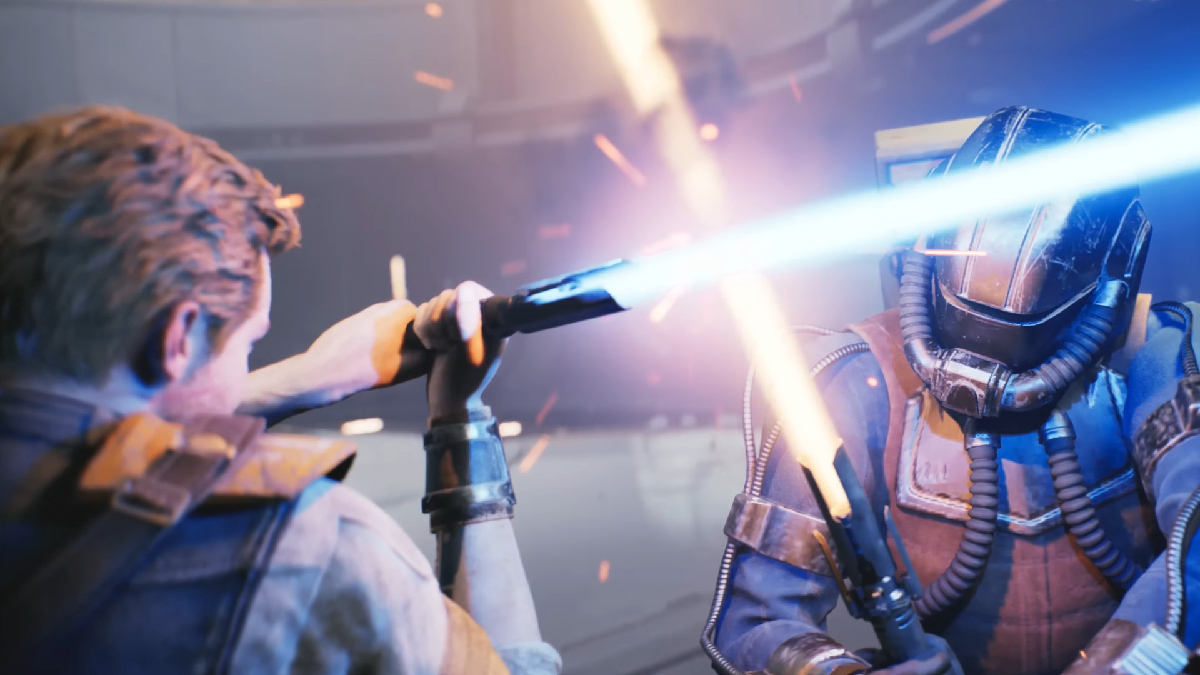









Published: Apr 27, 2023 04:33 am